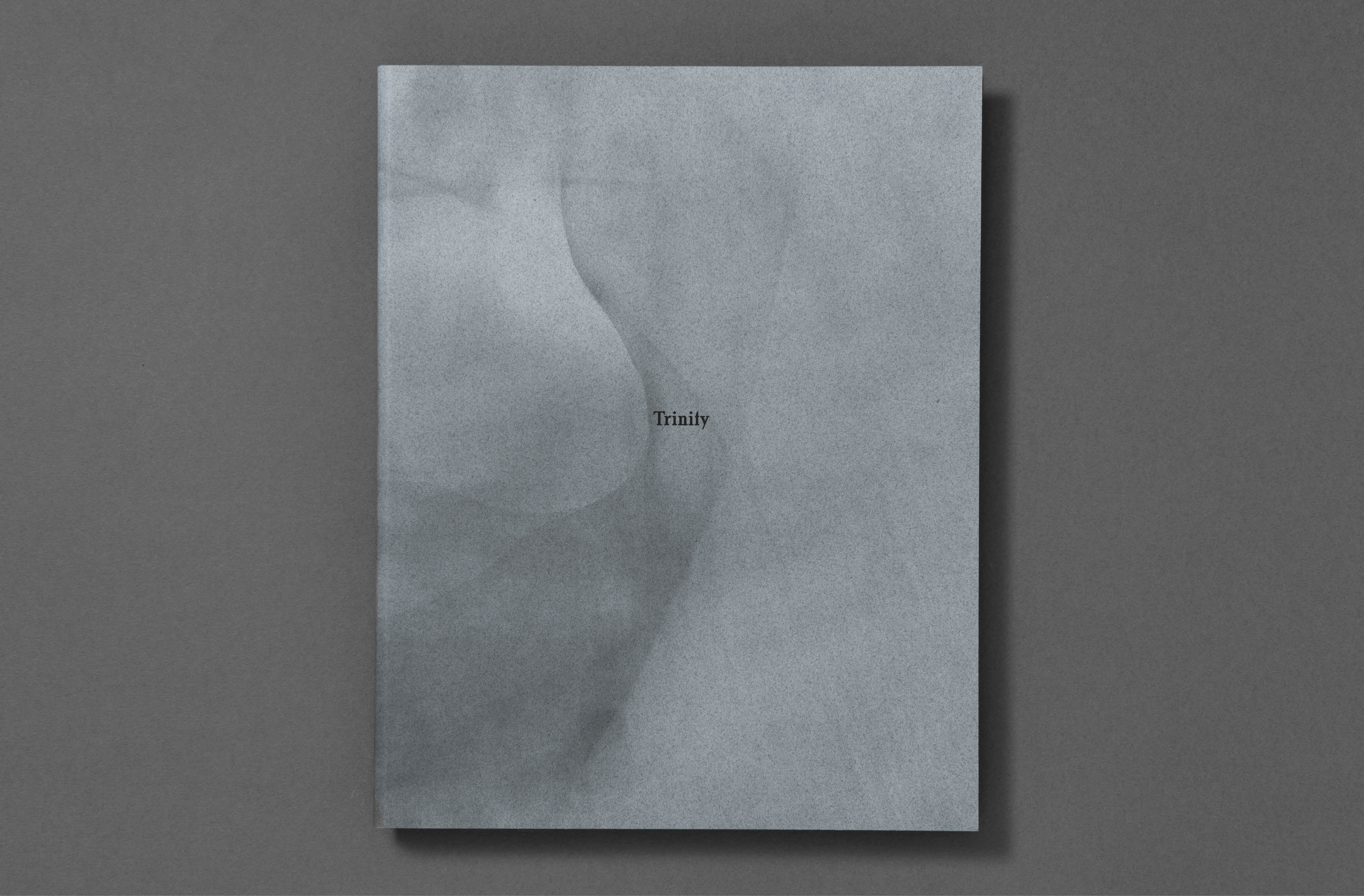

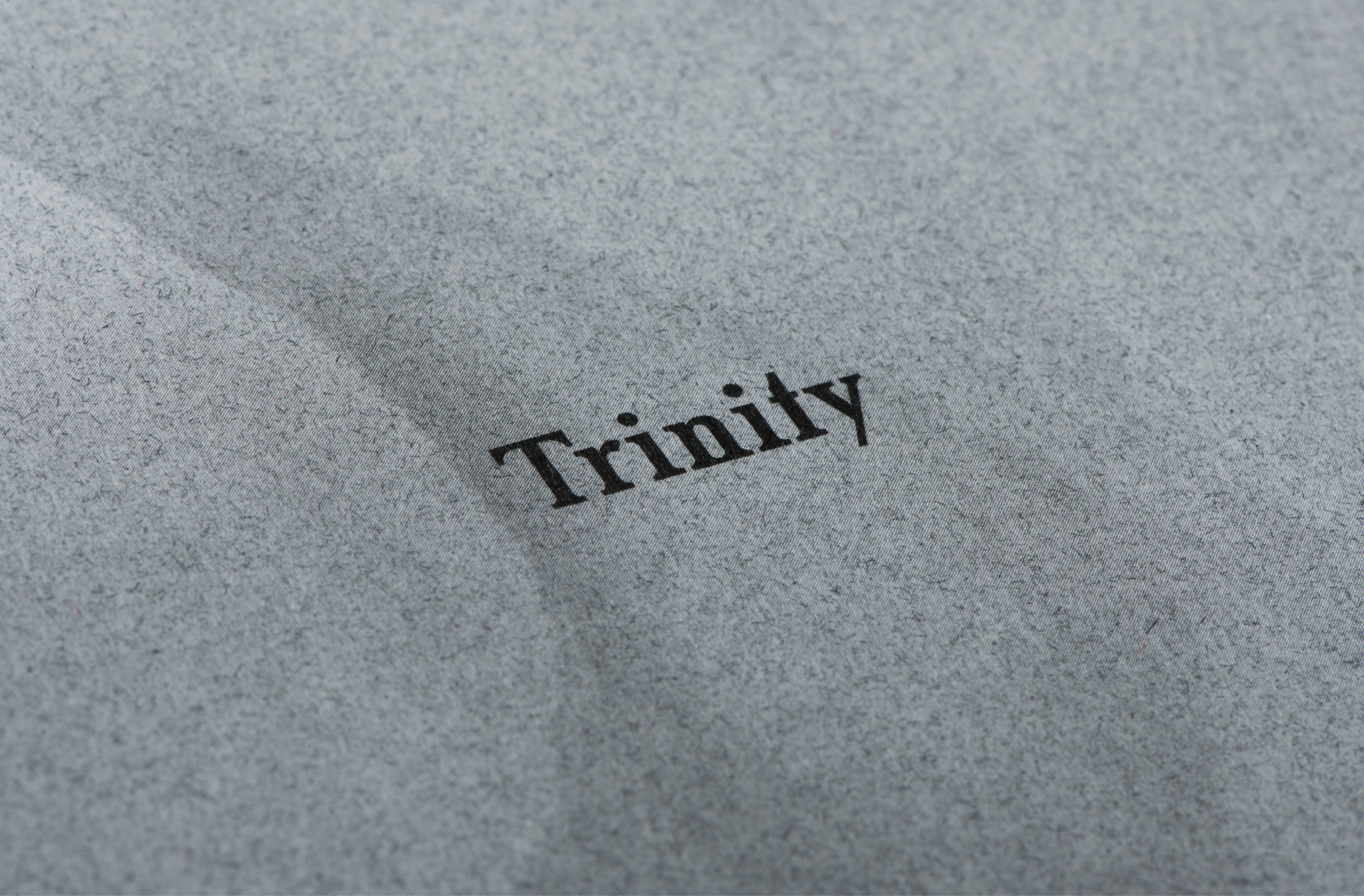


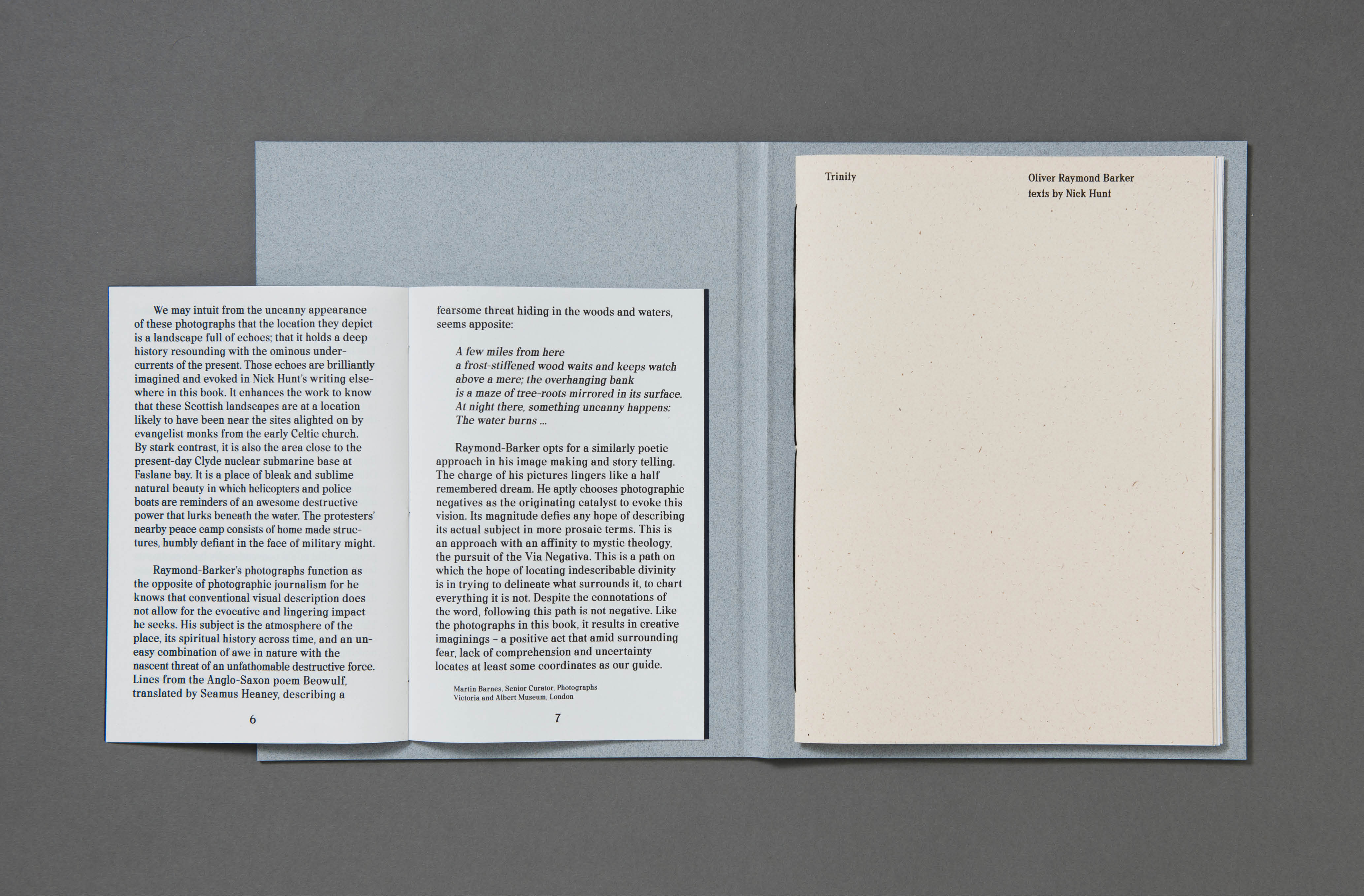


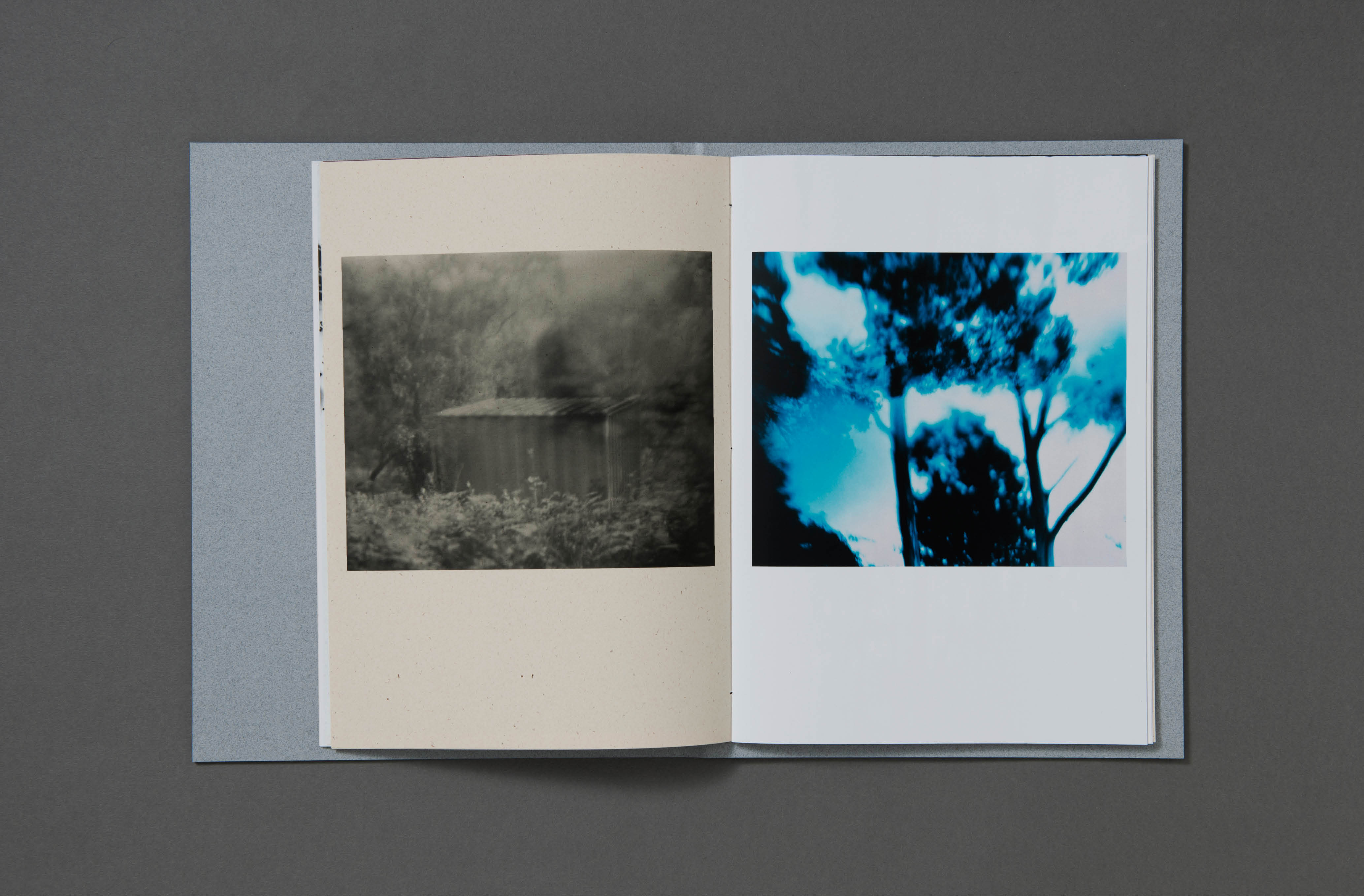

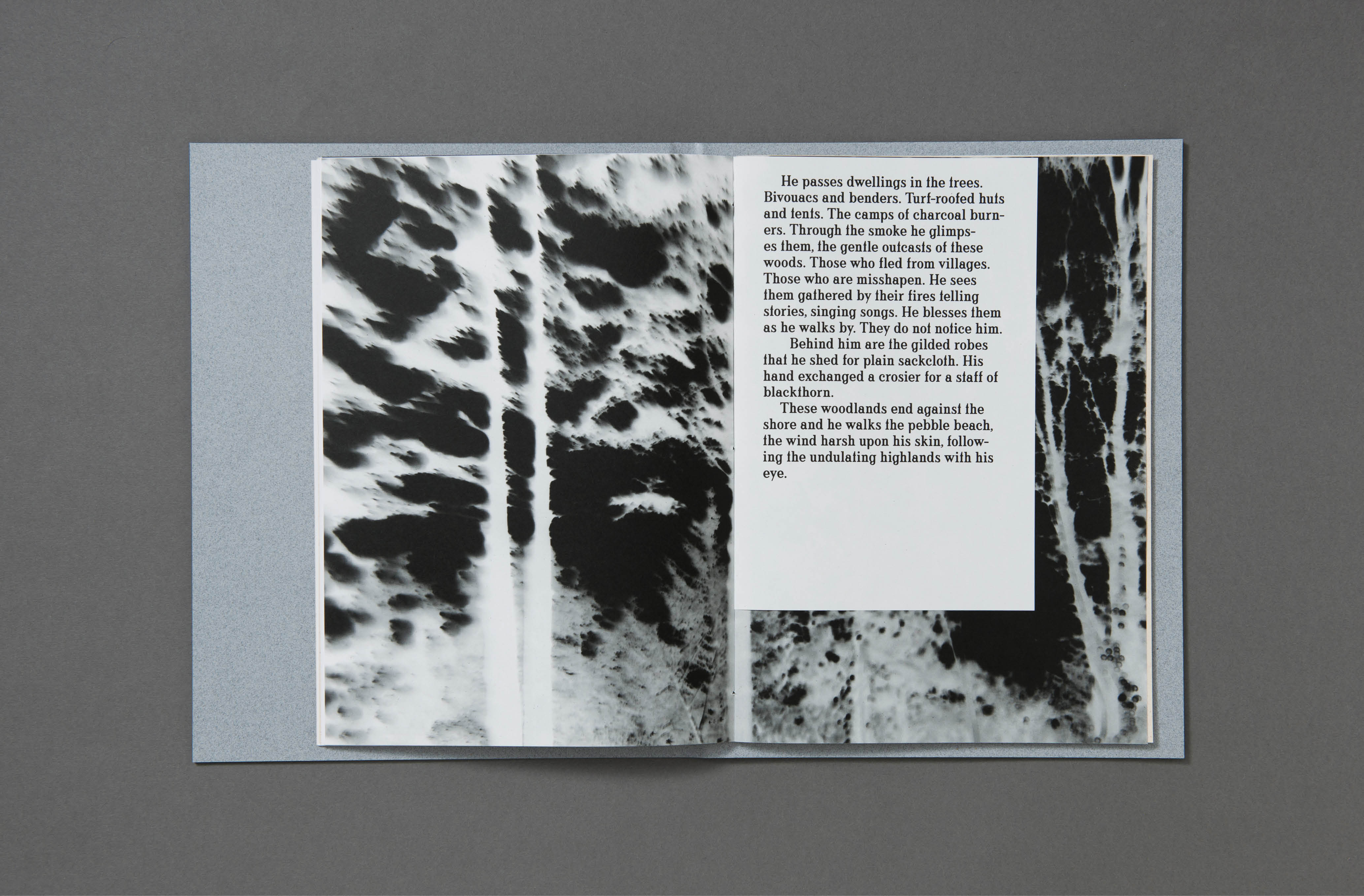
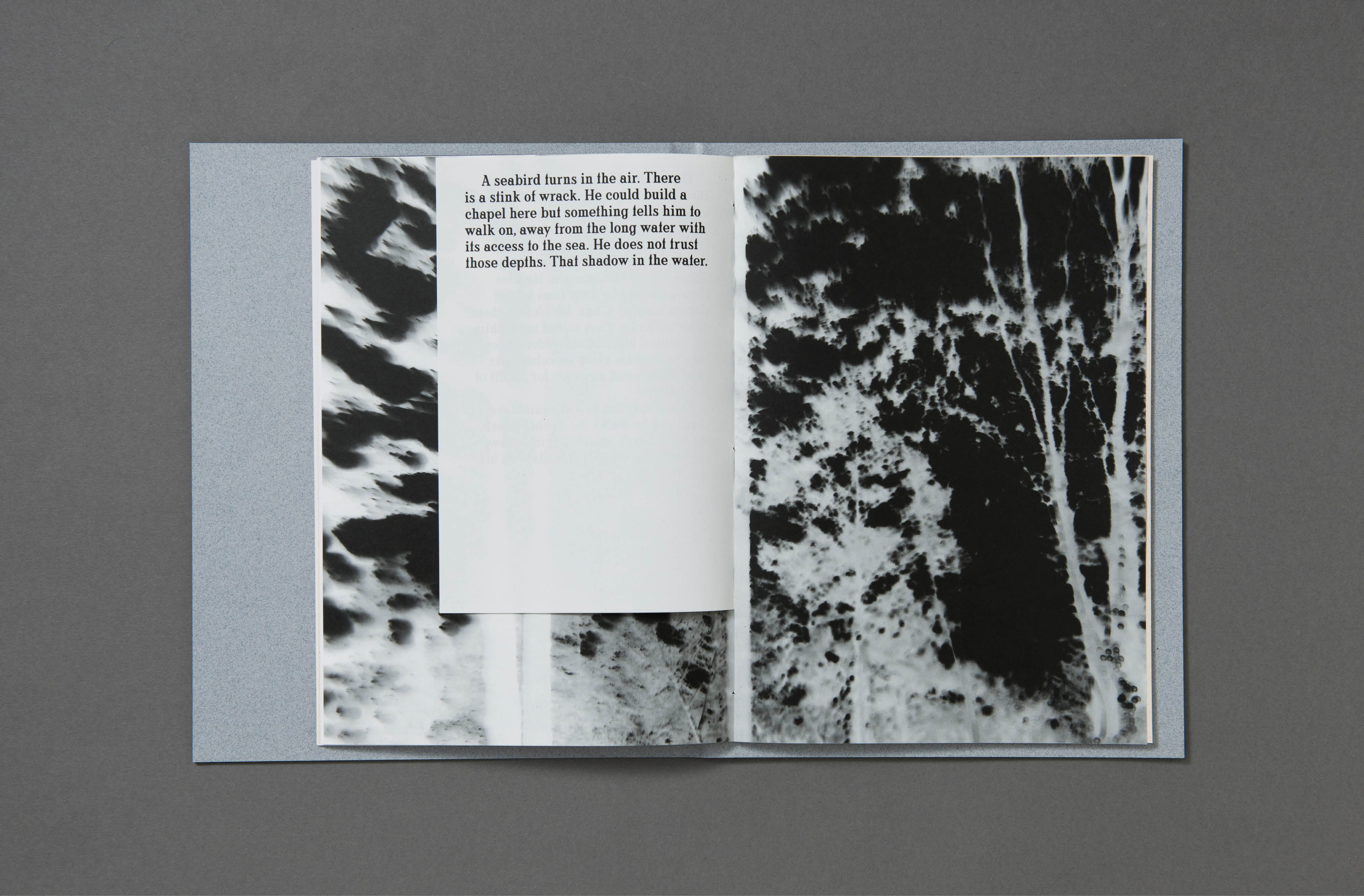


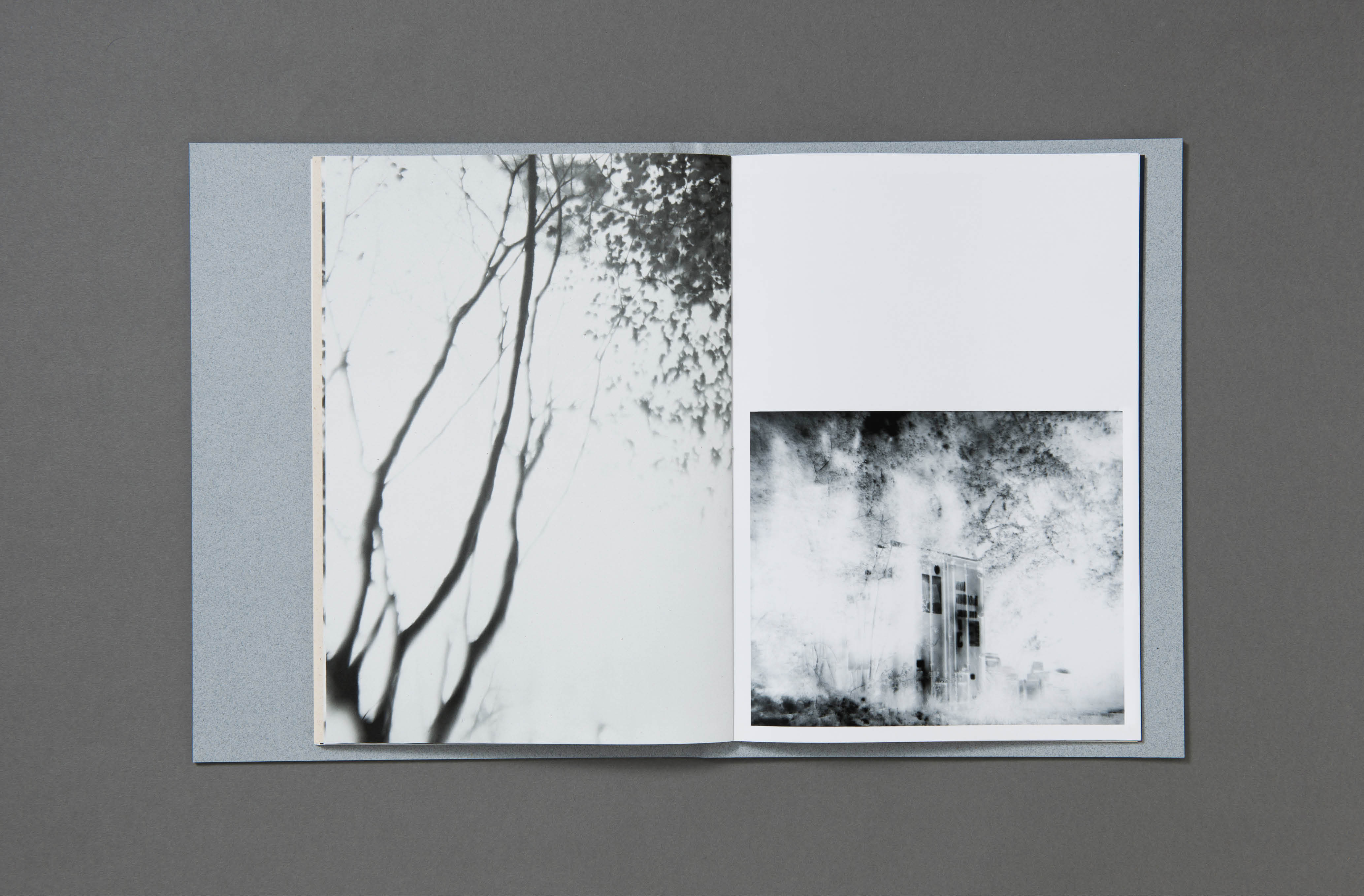



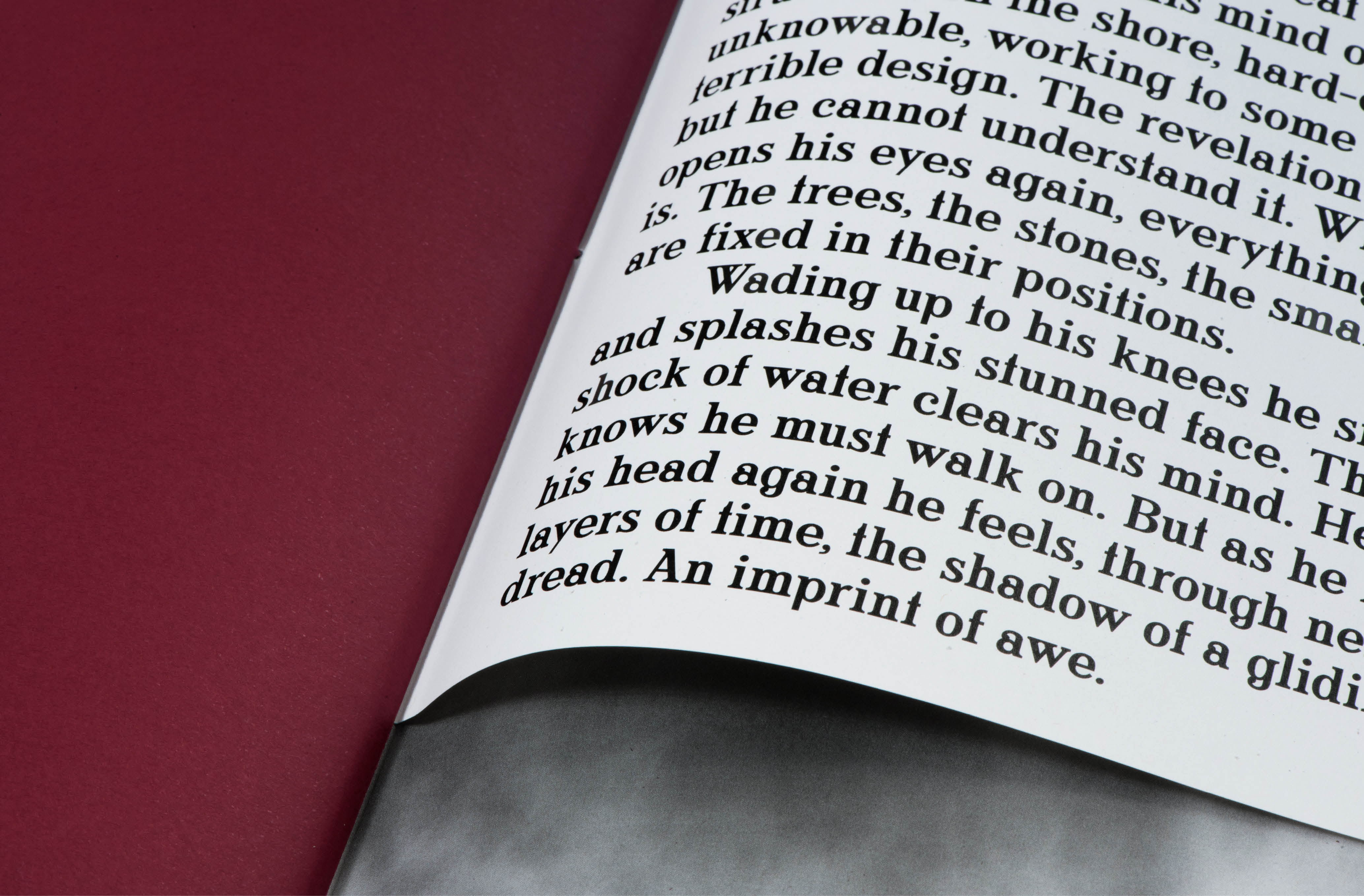
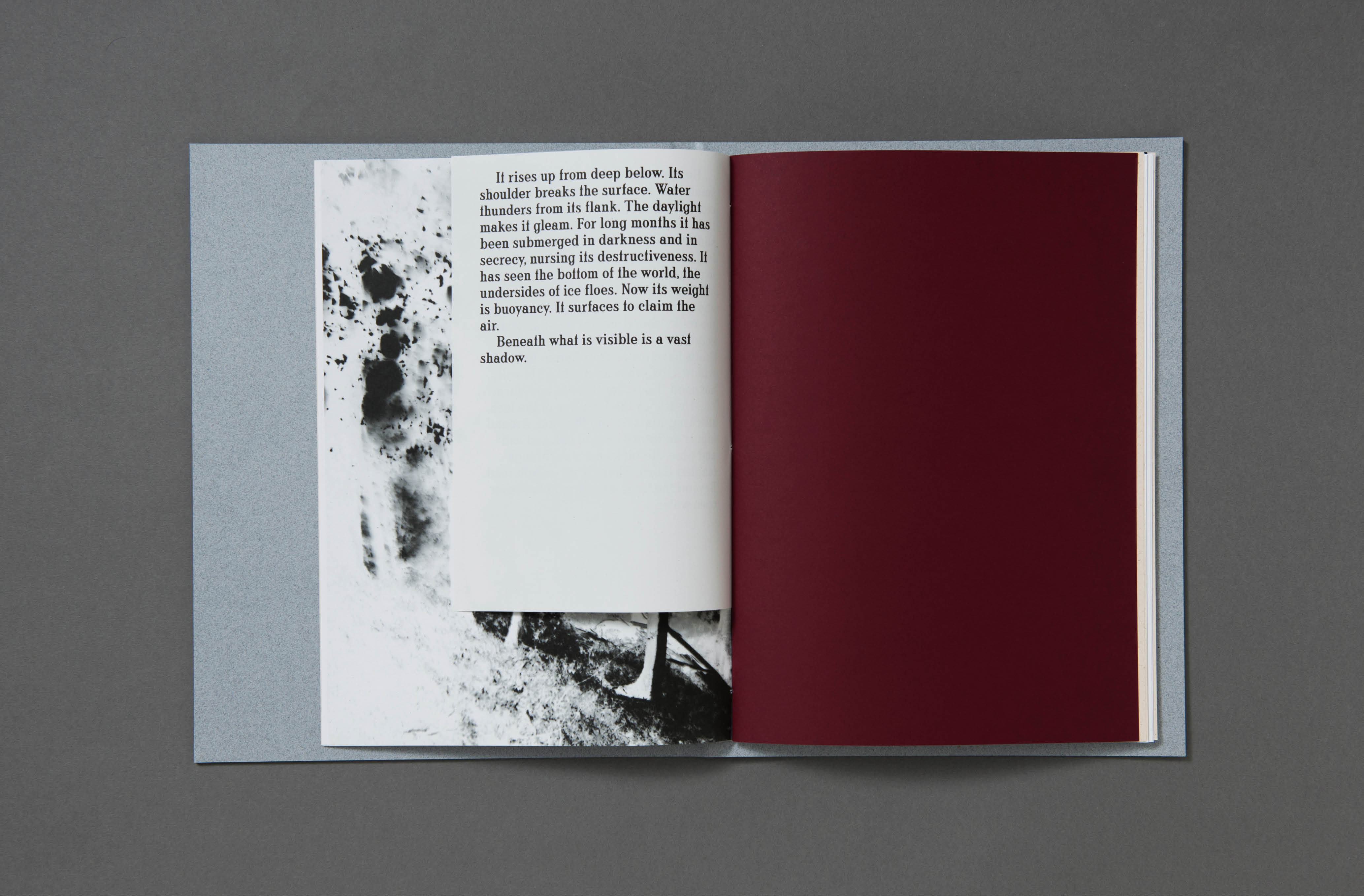

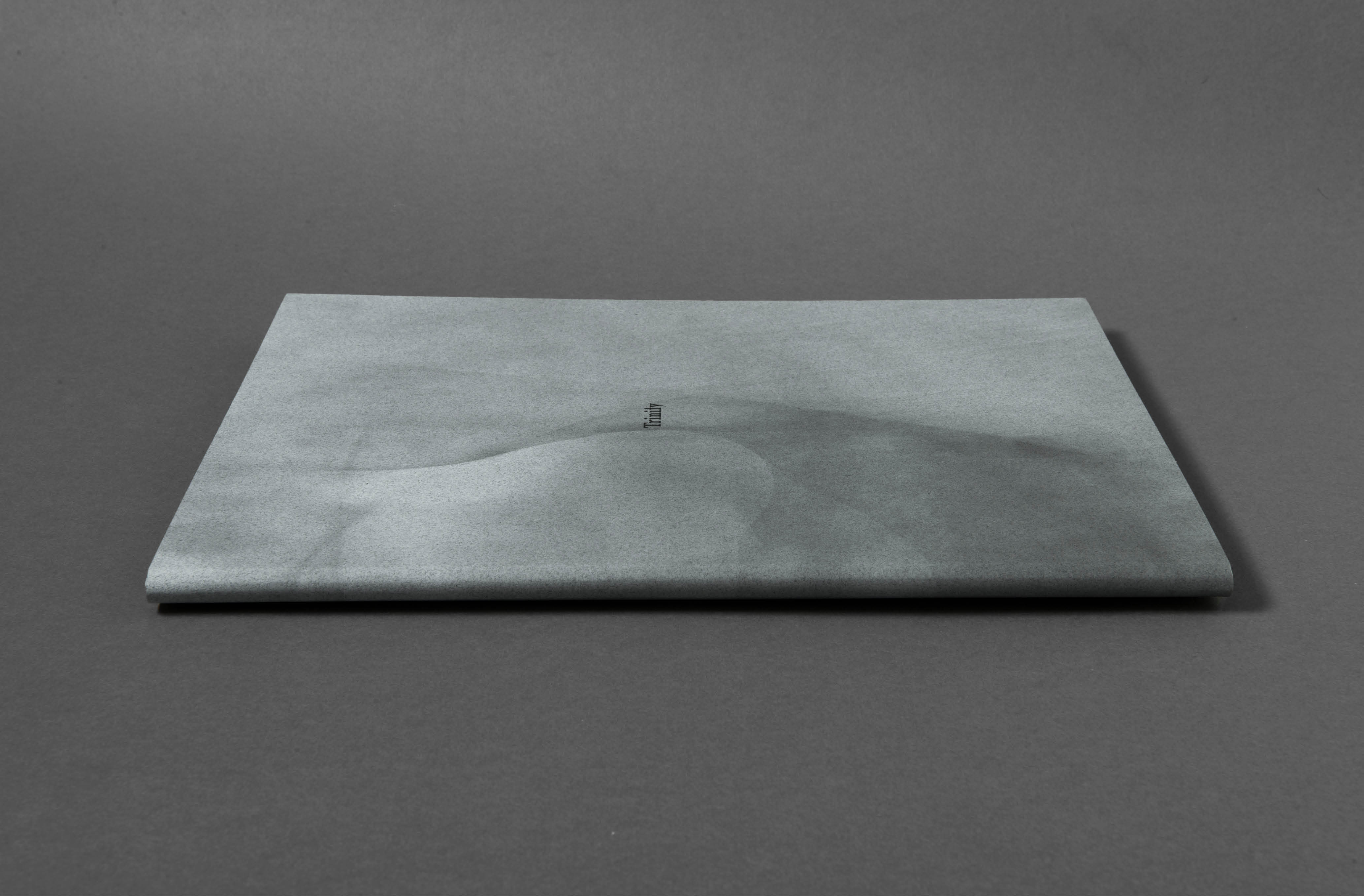
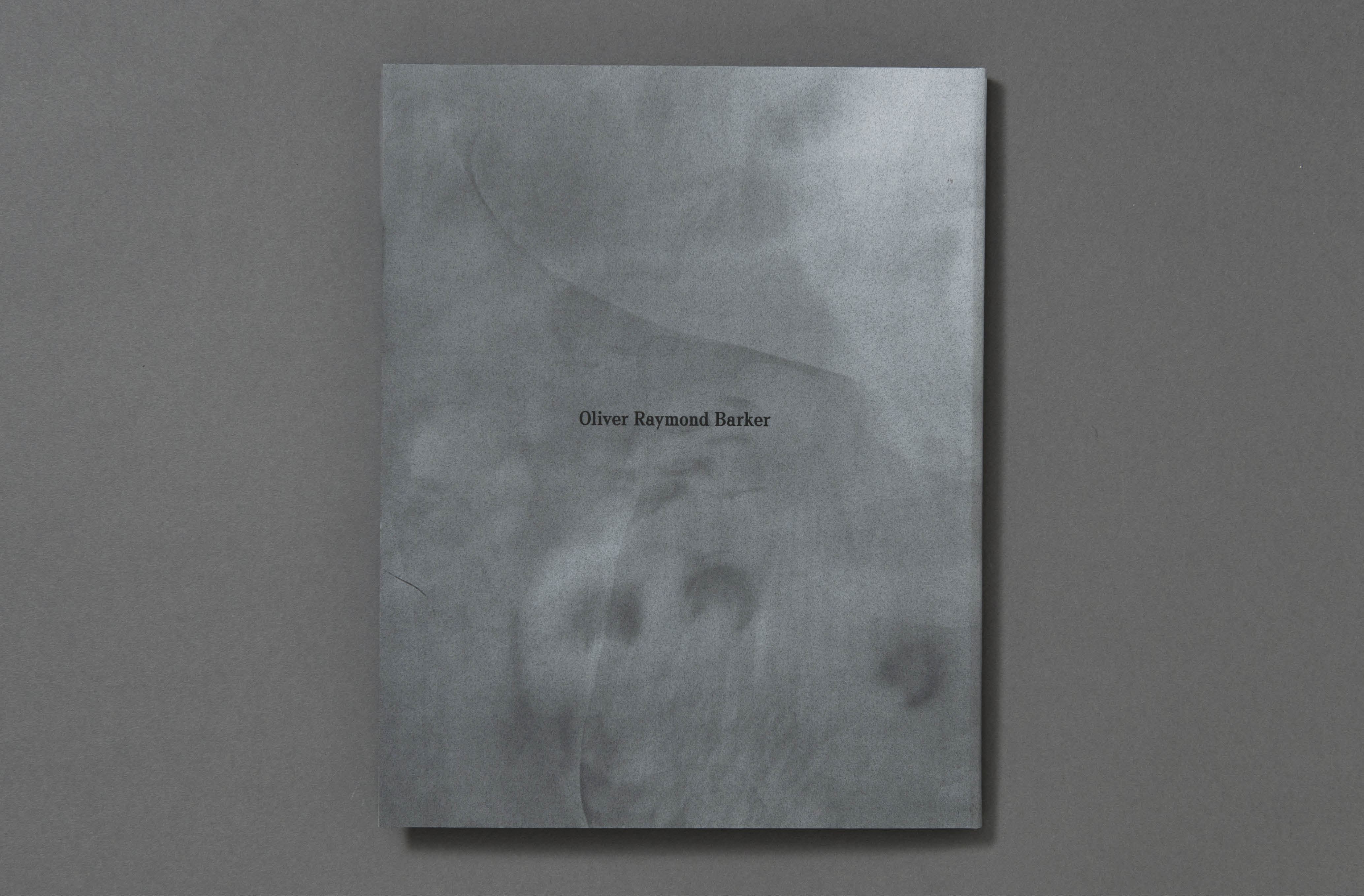
Trinity is published by Loose Joints - available through the link below:
ORDER HERE ︎
-
For information on upcoming book events please sign up to my mailing list below - thank you!
Recent reviews and features:
/ LensCulture
“...there are clashing, vastly disparate histories running concurrently beneath the soils of this landscape, yet Raymond Barker
somehow manages to capture something of each of them. At the same time, he probes something bigger than any human
timeline too—referring to “deep time” in the book’s description, he also invokes the scale of geological events that shaped
this place long before we were here.”
/ C4 Journal
“In a world laid waste by nuclear conflict, though, there can be no meaningful distinction between ‘us’ and ‘them’, and
Trinity sets the antipathy and alienation of more extreme forms of direct action against the slower, deeper burn of what
Barker calls ‘quiet’ activism. His photographs also hint at a return to a more primitive form of existence and a more
fundamental set of moral challenges.”
/ Dark Mountain
“On the shore he falls to his knees with the immensity and stares upon the awesome light that floods the shadows of the
world. The god of love is everywhere. It is all a marvel. He closes his dazzled eyes and the world appears in negative, the
black sky and the white trees, the incandescent veins of leaves, the bleached water opening to some great revelation..”
-
For information on upcoming book events please sign up to my mailing list below - thank you!
Recent reviews and features:
/ LensCulture
“...there are clashing, vastly disparate histories running concurrently beneath the soils of this landscape, yet Raymond Barker somehow manages to capture something of each of them. At the same time, he probes something bigger than any human timeline too—referring to “deep time” in the book’s description, he also invokes the scale of geological events that shaped this place long before we were here.”
/ C4 Journal
“In a world laid waste by nuclear conflict, though, there can be no meaningful distinction between ‘us’ and ‘them’, and Trinity sets the antipathy and alienation of more extreme forms of direct action against the slower, deeper burn of what Barker calls ‘quiet’ activism. His photographs also hint at a return to a more primitive form of existence and a more fundamental set of moral challenges.”
/ Dark Mountain
“On the shore he falls to his knees with the immensity and stares upon the awesome light that floods the shadows of the world. The god of love is everywhere. It is all a marvel. He closes his dazzled eyes and the world appears in negative, the black sky and the white trees, the incandescent veins of leaves, the bleached water opening to some great revelation..”
Trinity is a journey into landscape. It explores the complex layers of narrative embedded in the fabric of the land and engages with histories of spirituality, protest and control.
The images originate from 20 x 24 inch paper negatives, exposed in a custom built ‘backpack’ camera obscura - a tent like structure designed to allow creation of large format images in remote locations. Raymond-Barker sees this as an anti-camera, one that does not strive for the resolution and clarity of traditional photo-mechanical devices but instead seeks to capture the essence of place whilst also providing sanctuary for the artist.
From early christian pilgrims who voyaged to remote corners of the British isles such as Rosneath during Roman times, to its current occupation as home of the UK's nuclear deterrent Trident, this remote peninsula has been the site of diverse histories.
Amongst these is the story of St. Modan, the son of an Irish chieftain who in the 6th century renounced his position as an abbot to live as a hermit. He journeyed to this remote peninsula in search of sanctuary and sought to use the elemental power of nature as a means of gaining spiritual enlightenment.
Today however, the peninsula is dominated by the presence of military bases HMNB Faslane and RNAD Coulport, the home of the UK’s nuclear deterrent Trident. Existing alongside these sprawling sites are the small, temporary constructions of itinerant activists protesting against the military presence – locations such as the Peace Wood bear traces of their occupation.
The project weaves together theses disparate yet interconnected threads, to form an immersive body of work, made on the boundaries of the photographic medium.
The images originate from 20 x 24 inch paper negatives, exposed in a custom built ‘backpack’ camera obscura - a tent like structure designed to allow creation of large format images in remote locations. Raymond-Barker sees this as an anti-camera, one that does not strive for the resolution and clarity of traditional photo-mechanical devices but instead seeks to capture the essence of place whilst also providing sanctuary for the artist.
From early christian pilgrims who voyaged to remote corners of the British isles such as Rosneath during Roman times, to its current occupation as home of the UK's nuclear deterrent Trident, this remote peninsula has been the site of diverse histories.
Amongst these is the story of St. Modan, the son of an Irish chieftain who in the 6th century renounced his position as an abbot to live as a hermit. He journeyed to this remote peninsula in search of sanctuary and sought to use the elemental power of nature as a means of gaining spiritual enlightenment.
Today however, the peninsula is dominated by the presence of military bases HMNB Faslane and RNAD Coulport, the home of the UK’s nuclear deterrent Trident. Existing alongside these sprawling sites are the small, temporary constructions of itinerant activists protesting against the military presence – locations such as the Peace Wood bear traces of their occupation.
The project weaves together theses disparate yet interconnected threads, to form an immersive body of work, made on the boundaries of the photographic medium.
‘Raymond-Barker’s photographs function as the opposite of photographic journalism for he knows that conventional visual description does not allow for the evocative and lingering impact he seeks. His subject is the atmosphere of the place, it’s spiritual history across time, and an uneasy combination of awe in nature with the nascent threat of an unfathomable destructive force.’
Excerpt from the essay Not Negative by Martin Barnes
Trinity can be viewed at the following public book collections: